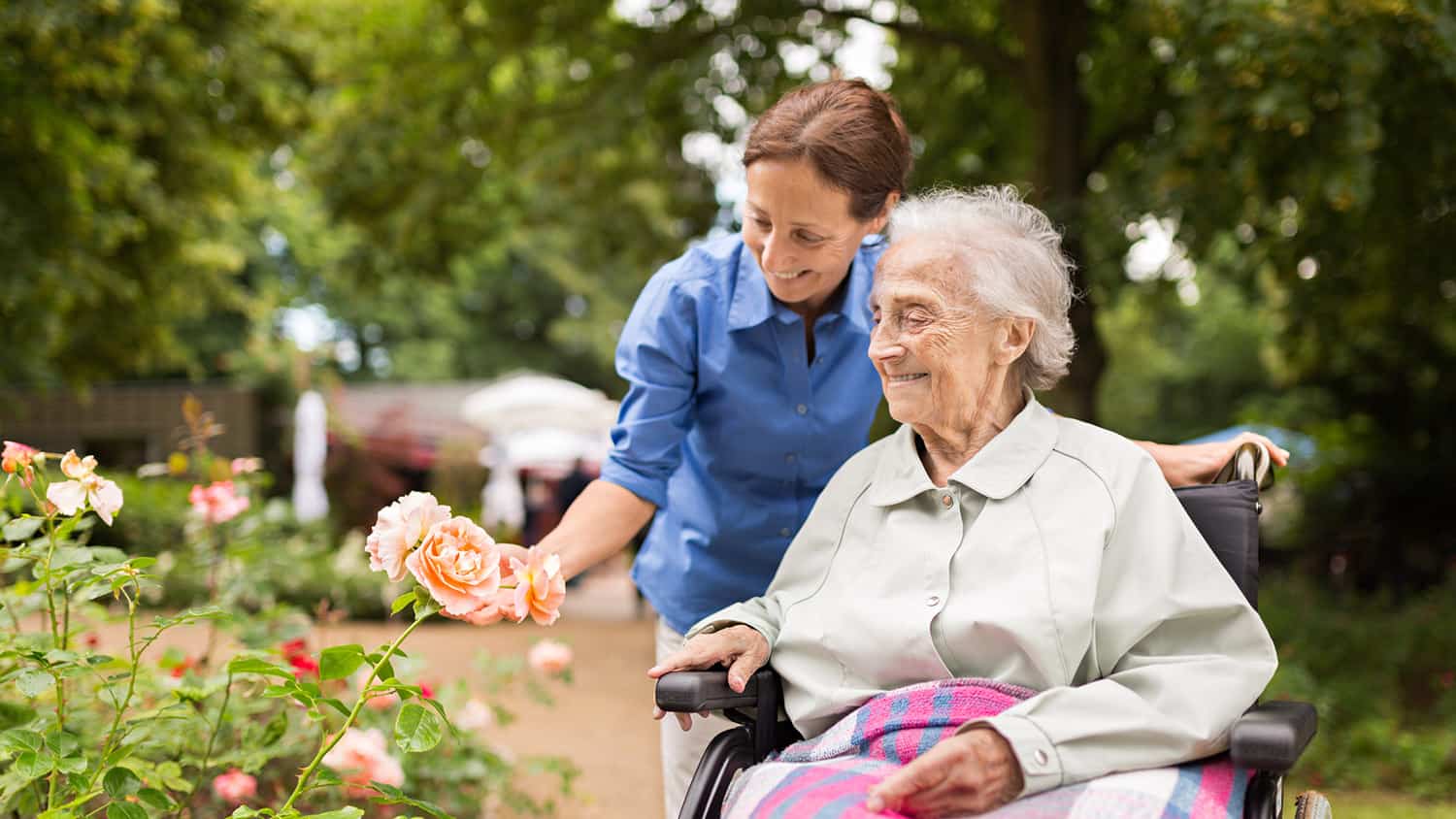3 Critical Issues to Consider When Planning to Age in Place
Seniors and their families must come to grips with many realities when it comes to deciding about aging in place.
One’s residence may not be the home sweet home that it used to be when we turn 60 and beyond. The changes we experience in our bodies can affect the way we move around and carry out our normal routines.
Drop Romantic Notions About Aging in Place
Anthony Cirillo, the president of The Aging Experience, shares that we can have “romantic ideas” about staying in the place we call home during our golden years.
We forget that the health that we had when we first bought the house or had it built will change 20 or more years down the road.
In 2017, the American Association of Retired Persons (AARP) discovered that just one percent of US homes are conducive to aging in place. The statistic goes to show that certain considerations have to be made so that aging in place can be achieved successfully.
Finances
Family members must examine their budgets and check taxes when they decide on senior-proof repairs or renovations.
Brian Harvey, a home remodeler who is a certified aging in place specialist (CAPS), acknowledges that the home remodeling aspect of aging in place can be an emotional or psychological issue. Some houses have to be modified quite suddenly due to an illness or accident that, many times, the injured or sick senior cannot be physically around during actual discussions about the renovation of their home.
Brian’s business, Harvey Home Modifications, and other contractors like him would normally speak with adult children, caregivers, occupational therapists, and rehab facilities to understand the senior’s physical limitations and determine the design changes needed for a successful aging-in-place home remodeling project. Such projects apply universal design concepts, which the National Association of Home Builders’ CAPS Program advocates and teaches.
Meanwhile, a senior’s family members can seek the assistance of senior move managers, who offer help with the physical and emotional aspects of aging in place or relocation from floor or space planning to downsizing and picking remodelers.
Mobility
Uber and Lyft services can come in handy once seniors stop driving. However, older adults or their loved ones should also consider the following: Is the aging-in-place home near transportation services? Are there enough funds to support ride services? What transport options are available in the community?
Health
Seniors and their families should ask themselves these questions in deciding whether the current home is the best spot to age in place: Where are the medical facilities? How far are you from the doctor and hospital?
Finally, it is important to be part of a community. Consider looking into resources such as Carol Marak’s work on senior isolation and see how her Facebook community is helping reverse this phenomenon.
Is aging in place part of your plan for the future? What steps have you taken to make it possible? Please share your thoughts with the community!






